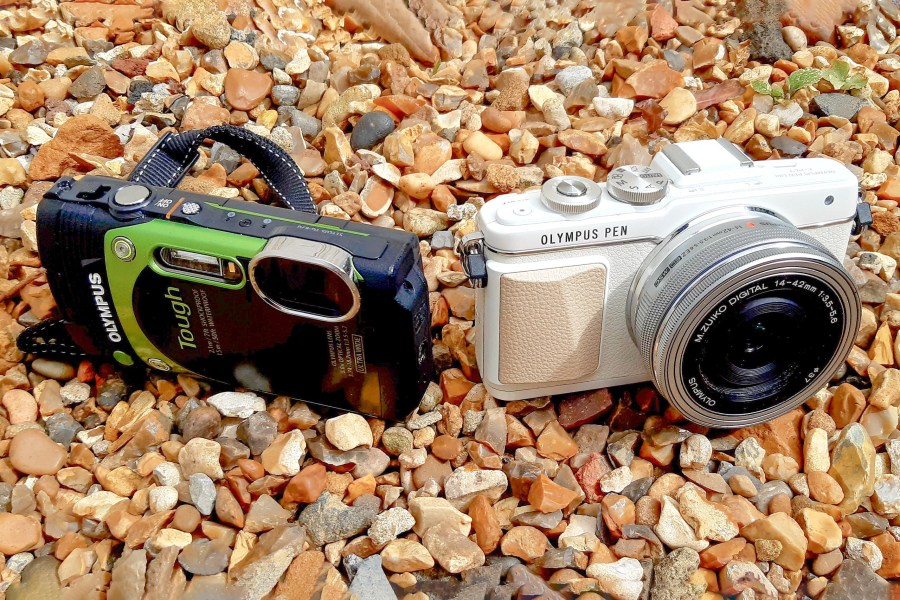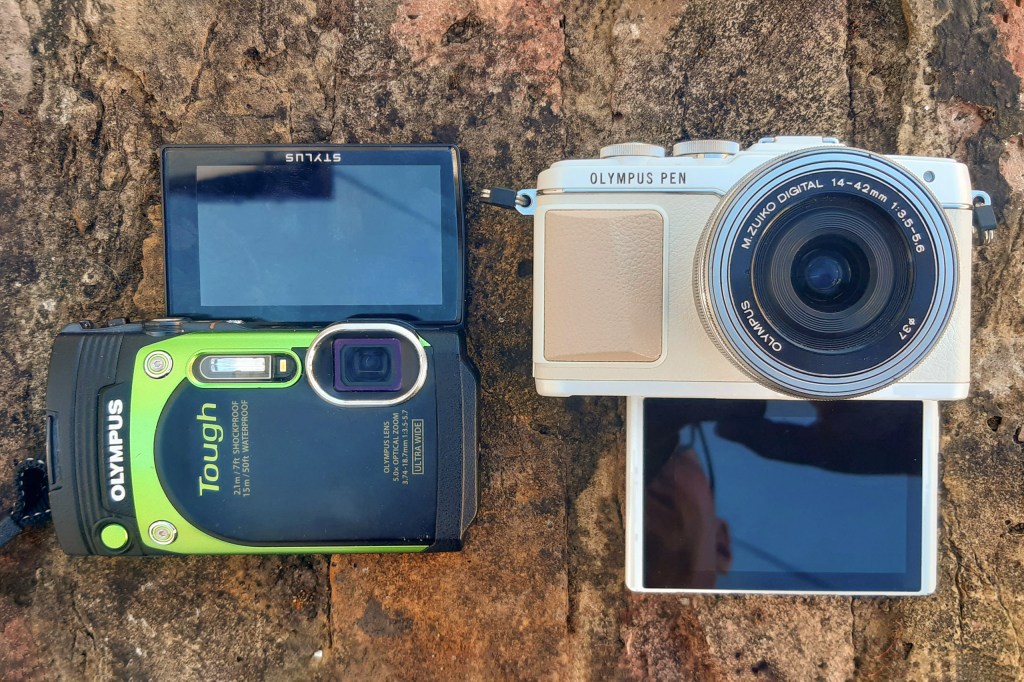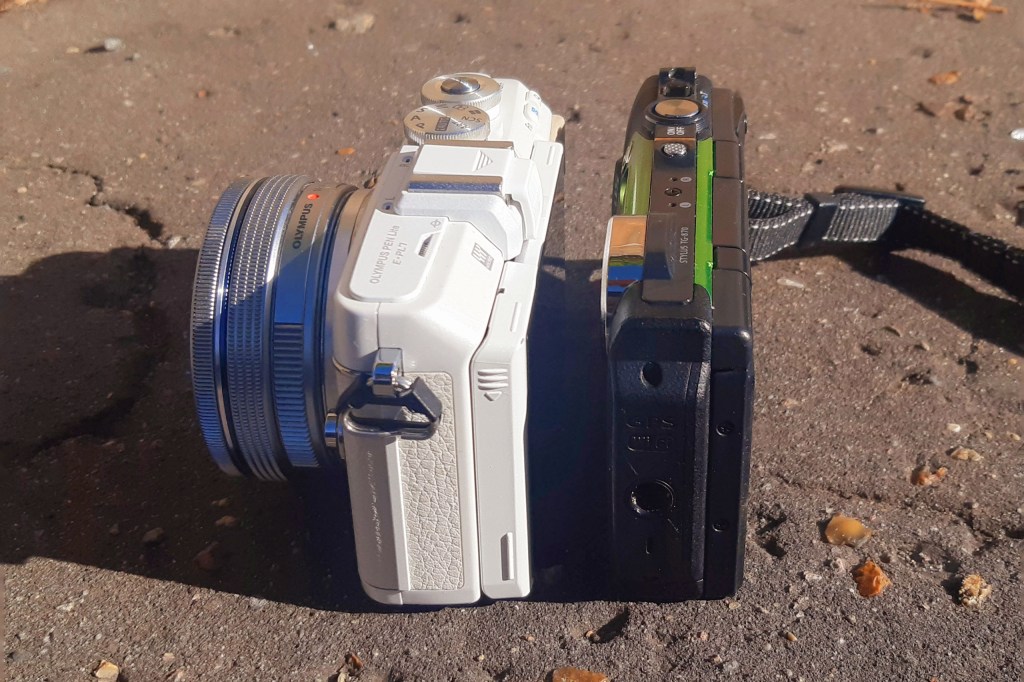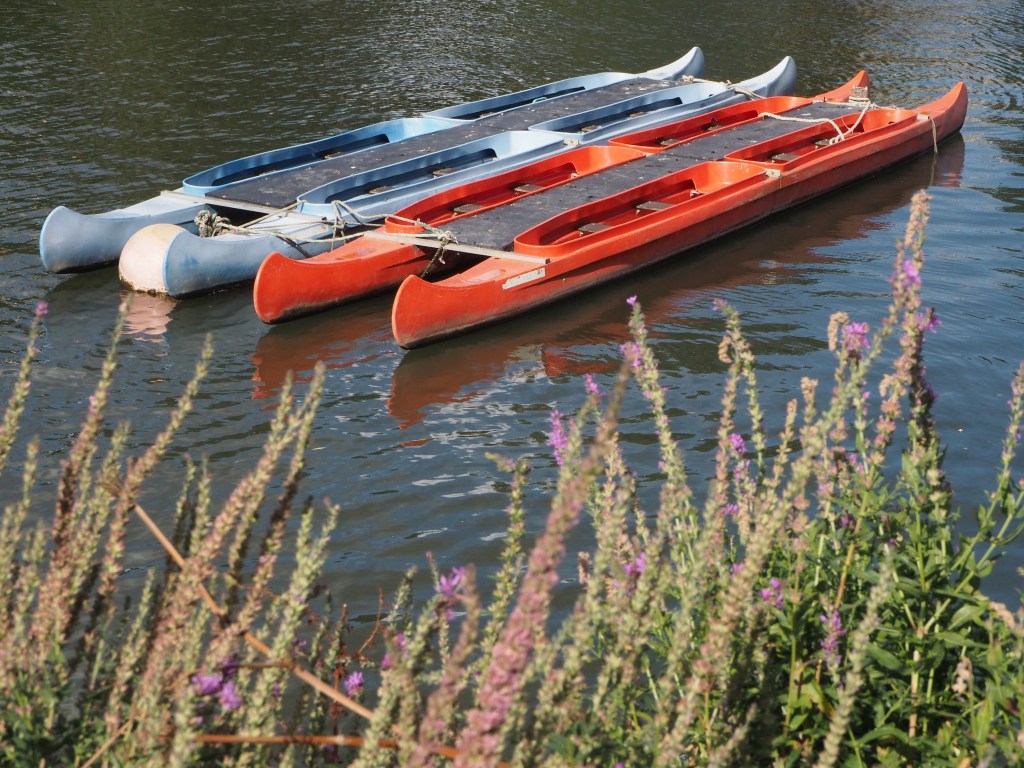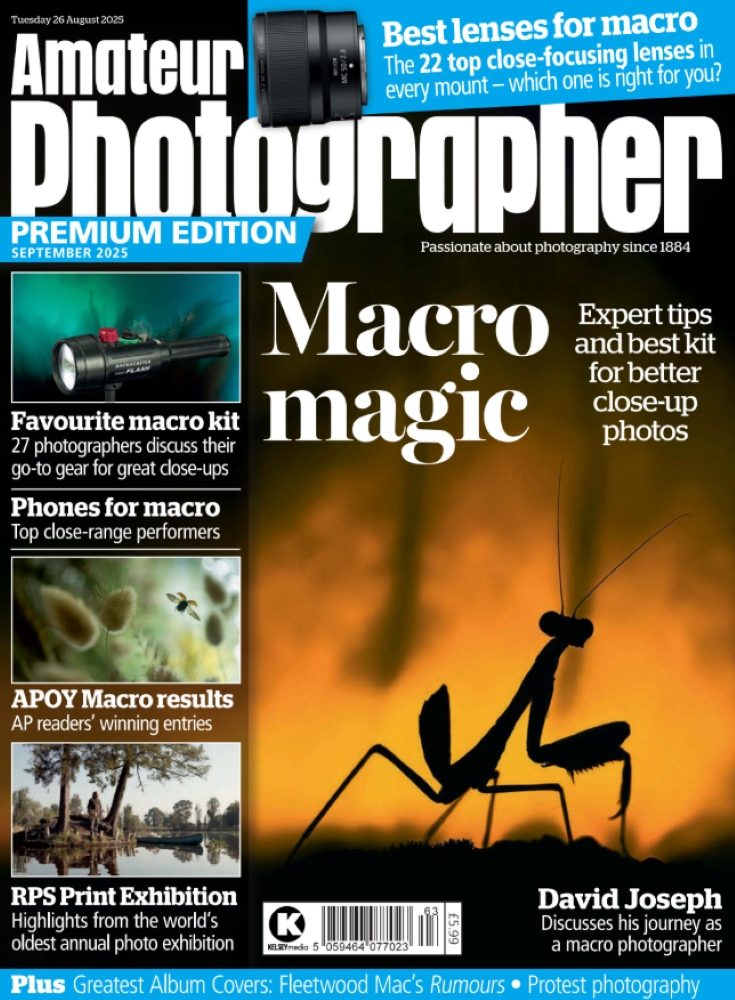Common sense dictates that if I’m heading off on my travels I don’t want to be weighed down by extra baggage. Therefore, ideally, I want to take the most compact camera I have with me. At the same time, I need to get the best quality images I can get, especially as a photo enthusiast and particularly if this is a holiday of a lifetime.
And so surely a mirrorless camera, already less bulky than a DSLR, will prove a better bet than a smaller sensor incorporating point-and-shoot compact? Even if one will fit into my swimming shorts and the other most definitely won’t. A fair assumption to make, right?
However, assumption is not always born out in practice.
If I’m not looking to make wall sized prints from whatever I’ll be shooting and it’s more about preserving a memory of people and place than creating something the National Portrait Gallery might want, a compact snapshot would seem the clear winner. With the bonus that it doesn’t immediately identify me as a ‘professional’ photographer, or the owner of expensive gear that may prove a lure for local pick pockets.
A recent trip to Pollença in Majorca found me capturing the colourful scenes and fruit at the local Sunday market. The two 16MP cameras I had with me on my travels were the decade-old Olympus PEN E-PL7 mirrorless with 14-42mm f/3.5-5.6 compact zoom and, by contrast, the point-and-shoot Stylus TG-870, otherwise known as the Olympus ‘Tough’, with its own internally stacked 5x optical zoom. It can survive being dunked in the sea or used by teenagers, plus it’s also less obvious and intrusive.
Only when I brought my mirrorless camera out to capture the façade of the church in the square did a local biker perched on the front wall suddenly show an interest, waving me away with a furrowed brow and indicating he didn’t want to be included in any shot. Would I have got the same reaction with gear that instead suggested ‘happy snapper’?
So, another thing to bear in mind on my travels is people are much more wary and suspicious when it comes to street photography in this digital age, how images may be used and where they might end up – even, it seems, in a busy tourist location. Cartier Bresson’s decisive moment has become a moment of possible tension. In such circumstances an unobtrusive snapshot or smartphone becomes a plus, a more ‘obvious’ high end camera becomes a con.
That said, whether there are people in my scene or not, a larger sensor, in the case of the E-PL7 a Four Thirds 17.3x13mm CMOS chip, remains an advantage. Not least in giving me the ability to crop the image and still preserve a good amount of information and detail. Whereas cropping an image from a 1/2.3-inch sensor, as found in my TG-870 ‘Tough’, will potentially result in visible degradation of the image when viewed 100% – but not always. Naturally it depends on the size of my crop.
Traveling anywhere with a camera runs the risk of damage in transit, the lens getting elbowed in a busy throng, or worst of all, stolen. For these reasons again a compact camera, more affordable than a compact system camera / mirrorless, gets another tick, with a ‘toughened’ compact, like the TG-870, the most sensible choice of all. It’s not like I feel I’m missing out in terms of handling. After all, more recent compacts, though thinner on the ground than a decade ago, feature Wi-Fi, touch screens and typically 4K, 30fps video capture alongside 16MP or 20MP stills.


But I feel I’m being cleverest when I pair the above with a compact and lightweight mirrorless like the E-PL7 that is neither much deeper in profile – save for the addition of a compact, removable zoom lens – or a great deal weightier overall. The E-PL7 is a manageable 357g without lens, compared with 221g for the TG-870.


In which case it simply comes down to my pulling the mirrorless out of my rucksack when I’m feeling artistic and want to capture as much detail as its sensor and glass gives me. And then using the point-and-shoot snapshot for when I’m at the beach, by the pool, or simply want something I can sling in the rucksack and go about my business stress-free.


So, to sum up the pros and cons of each, while I feel the mirrorless camera is giving me better image quality and more manual control, the compact snapper provides greater portability and, in generally being much cheaper, there’s less concern during transportation – in that it’s not as much of a gut punch if something happens to it.


Yes, I can’t change the lens on the point-and-shoot, but its short focal length zoom is adequate for everyday snaps and achieving wide-angle landscapes, group shots or close-up selfies.


Fine quality (least compression) JPEGs straight out of the compact reveal well saturated colours, even if, when scrutinising enlarged sections, they’re a little less well defined and lacking in contrast compared with my mirrorless, which has maintained shadow and corner detail much better.
But viewed standalone, if you know you’re going somewhere with plenty of natural daylight and mostly bright blue skies, and aren’t aiming for creative shallow depth of field or bokeh style effects, then a compact snapper will do just fine for family holidays. Even if I’ll still be tempted to reach for the mirrorless when I know a scene or a subject is potentially a ‘keeper’ and so want to capture it in the best quality available to me ain that moment
Ultimately, accepted photographic wisdom dictates that the best camera for the job is the camera you have with you. Even if, for 90% of photographers, that ‘camera’ is neither a dedicated compact nor mirrorless, but a smartphone.

